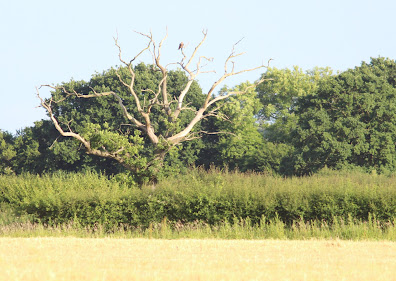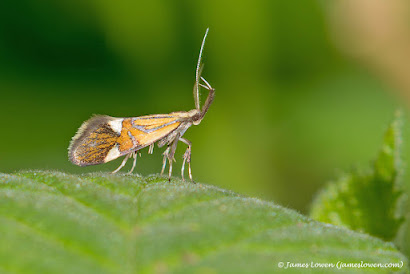Well, George off Blackadder used to watch the Marsh Warblers swooping in his mother's undercroft, but unfortunately, despite the recent influx, I have not managed to pull one of these scarce acros out of the undergrowth in the York area, or my Mother's undercroft for that matter (what is an undercroft?!). I twitched a reported bird at North Duffield Carrs mid-week, but the record seems spurious to say the least. I have checked out quite a few likely spots along the Ouse Ings and Derwent Ings, but to no avail. This felt strangely reminiscent of the Blyth's Reed Warbler influx a couple of springs ago; they were turning up everywhere but not in York, despite plenty of good habitat.
I finally gave in, and as a Father's Day treat to myself, I planned to get up early and head out to West Yorkshire, to check out a Marsh Warbler that had turned up a couple of days ago.
To my astonishment, after a month of dry weather, I awoke to rain pattering down on the scorched front garden. The smell was incredible and I took a few deep lungfulls before hopping in the car. Hopefully the Marsh Warbler would still be present. It is always a little nerve-wracking going without news!
Arriving on site, I walked along the floodbank and as soon as I approached the area where the bird had been hanging out, I could hear it, twittering and mimicking away somewhere in the Willow scrub. I made my way through the soaking long grass, to a point where there was a gap in the bushes, and where another birder was standing, looking over a patch of reedswamp/tall herb fen, surrounded by bushes.
This was the little patch of habitat that the Marsh Warbler fancied to try his luck. After a bit, a grey acro shot across the top of the vegetation and landed in the low branches of the Willow, before pouring forth a stream of crazy sounds, in true Palustris-style. Among strange chattering and twittering notes, the Marsh Warbler wove in sequences of incredibly accurate mimickry. The most favoured species were Blue Tit, Swallow, Whitethroat and Chiffchaff and they were all so good, you could easily think the birds were present! There were a range of other calls, some of which may have related to African species as it has been discovered that they do pick up calls and songs from their wintering grounds too. Some of the sweet, possibly 'original' notes were quite distinctive and there was little in the way of harsh Reed or Sedge Warbler-esque notes in the song.
I watched him on and off for the next couple of hours. He seemed to have a fairly regular routine, singing for 15 minutes of so, before returning to the tall herbs and low bushes, presumably to feed for five minutes. He would usually sing in the lower half of the Willow, but once moved to very near the top, about 12 feet above ground.
Typical Marsh Warbler jizz, with short spiky beak, dull supercilium and obvious lower eye-ring. Overall body colour quite grey-brown, very unlike the gingery Reed Warblers nearby. The wings are long, with noticeable pale primary tips. The tertials have obvious dark centres.
Underparts dingy buff-cream with strikingly-white throat.
Various videos of the Marsh Warbler. It showed pretty well during bouts of singing and also preening regularly, once the sun came out and his feathers started to dry off.
Also noted, two Cetti's Warblers, Garden Warbler, Reed and Sedge Warblers, Willow Warblers, Swifts and a pair of Great Crested Grebes with two well-grown chicks.


































